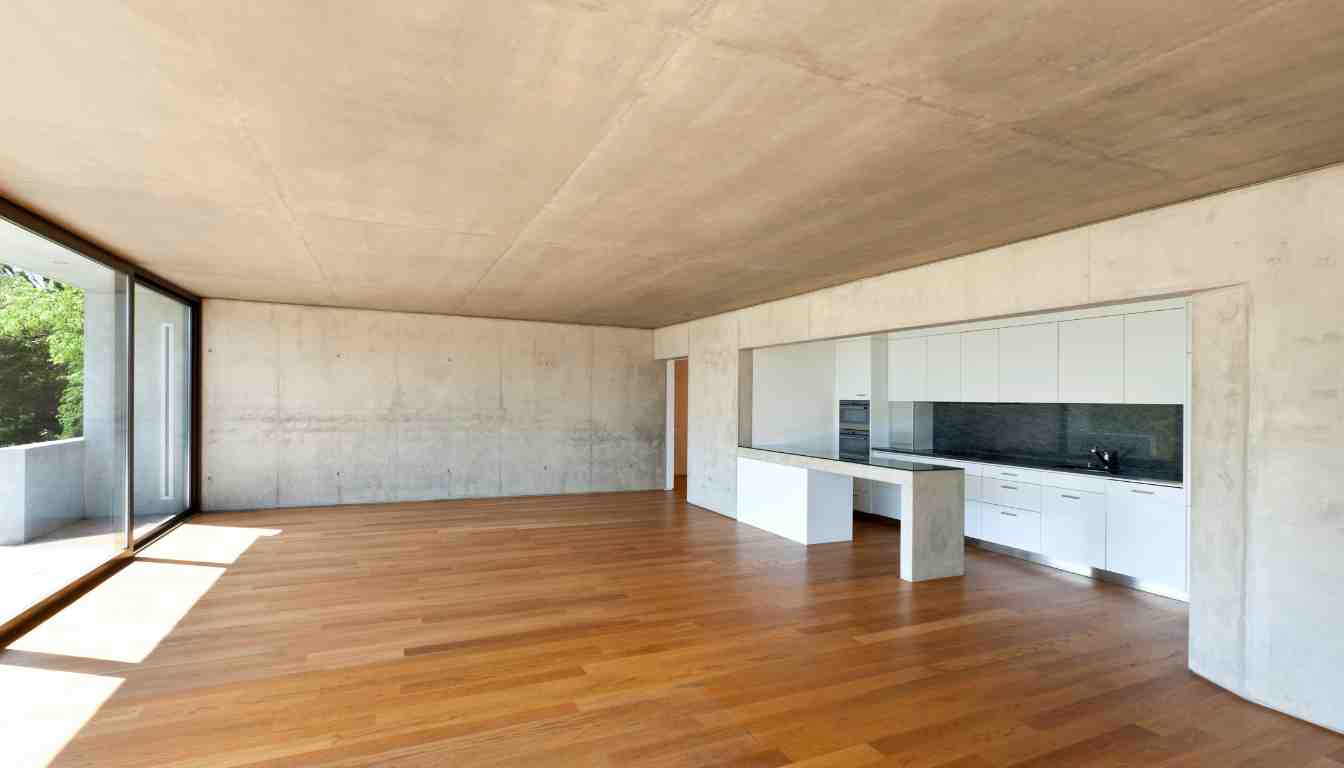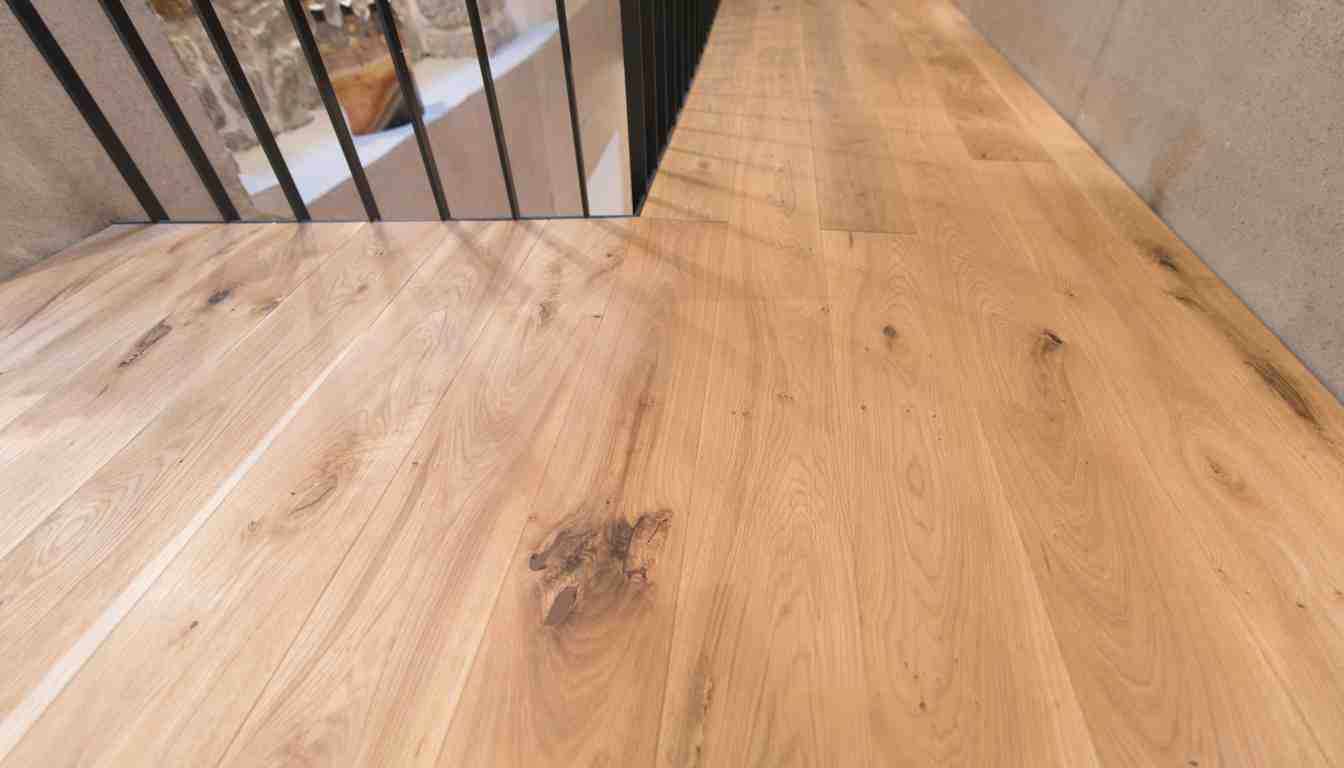To run hardwood floors in a specific direction, consider the layout of the room and the natural light source. Properly aligning the flooring can enhance the appearance and create a visually pleasing space.
When choosing the direction, take into account the shape and size of the area, aiming to install the planks parallel to the longest wall. In rooms with abundant natural light, running the floors perpendicular to the windows can help minimize the appearance of seams and create a harmonious flow.
Choosing The Right Direction
When it comes to installing hardwood floors, one of the most important decisions you’ll need to make is the direction in which to lay the planks. The chosen direction can have a significant impact on the overall look and feel of your space. By taking into consideration the shape and size of your room, aligning with room features, and ensuring a smooth flow and transition to other rooms, you can make a choice that enhances the beauty and functionality of your hardwood floors.

Consideration For Room Shape And Size
When deciding on the direction to run your hardwood floors, you’ll want to consider the shape and size of your room. This factor plays a crucial role in determining how the flooring will appear visually. Generally, it is recommended to install hardwood floors parallel to the longest wall in the room. This approach helps create a sense of depth and elongates the space, making it appear larger. In rectangular rooms, running the planks perpendicular to the entrance can also enhance the overall aesthetics.
Alignment With Room Features
The alignment of hardwood floors with room features is another important consideration. If your space has a focal point, such as a fireplace or a large window, running the planks towards it can draw attention and create a more harmonious look. Similarly, aligning the flooring with prominent architectural elements like doors and hallways can enhance the overall visual appeal. By ensuring that the planks flow seamlessly alongside these features, you can create a cohesive and inviting atmosphere in your room.
Flow And Transition To Other Rooms
Creating a smooth flow and transition from one room to another is essential when choosing the direction of your hardwood floors. To achieve this, it is generally recommended to maintain a consistent direction throughout your home. Consider the layout and design of adjacent rooms and aim for a logical and visually pleasing transition. If there are multiple entry points between rooms, aligning the planks towards the most frequently used entrance can ensure a seamless flow and prevent any disruptions to the overall aesthetic appeal.
In conclusion, as you make the important decision of which direction to run your hardwood floors, consider the shape and size of your room, align with room features, and ensure a smooth flow and transition to other rooms. By carefully considering these factors, you can create a stunning and functional flooring layout that enhances the beauty and overall appeal of your home.

Avoiding Common Mistakes
Ignoring Natural Light And View
One of the most common mistakes people make when deciding which direction to run their hardwood floors is ignoring the natural light and view in the room. It’s important to take these factors into consideration as they can drastically affect the overall aesthetic and ambiance of the space. By aligning the hardwood planks with the direction of the light source, you can optimize the room’s natural lighting and create a more visually appealing environment.
Overlooking Structural Elements
Another mistake to avoid when choosing the direction for your hardwood floors is overlooking structural elements. It’s crucial to consider the layout of the room, including walls, doors, and architectural features. Running the hardwood planks parallel to the longest wall in the room can help create the illusion of a larger space. Additionally, aligning the planks perpendicular to the floor joists can enhance the structural integrity of the flooring and prevent potential issues down the line.
Not Accounting For Flooring Patterns
Lastly, many people forget to account for flooring patterns when deciding on the direction of their hardwood floors. Whether you’re installing planks with a simple linear pattern or an intricate herringbone design, it’s essential to consider how the pattern will flow throughout the room. Running the planks parallel to the pattern can create a cohesive and visually pleasing look, while going against the pattern can disrupt the overall design and make the flooring appear disjointed.
By avoiding these common mistakes and carefully considering factors such as natural light, structural elements, and flooring patterns, you can ensure that your hardwood floors not only look visually appealing but also enhance the overall functionality and aesthetic of your space.
Tips For Flawless Installation
For flawless installation of hardwood floors, it is crucial to determine the right direction to run them. Consider factors such as the shape and size of the room, natural light, and the layout of the floor plan to create an aesthetically pleasing and functional design.
Start With A Solid Subfloor
One of the most important aspects of installing hardwood floors is to start with a solid subfloor. A subfloor is the foundation on which your flooring will be installed, and it needs to be sturdy and level to ensure a flawless installation. Before you begin, it’s crucial to inspect your subfloor for any signs of damage or unevenness. If there are any issues, they should be addressed and repaired before proceeding. This will help prevent future problems and ensure that your new hardwood floors are installed correctly.
Use The Proper Tools And Techniques
Using the proper tools and techniques is essential for a flawless hardwood floor installation. To achieve the best results, you’ll need a few key pieces of equipment, such as a table saw, a miter saw, a pneumatic nailer, and a floor stapler. These tools will help you accurately measure and cut your hardwood planks to fit your space perfectly. It’s also important to use the correct technique when installing the flooring. This includes ensuring each plank is snugly fitted together and securely fastened to the subfloor. Taking the time to use the proper tools and techniques will greatly contribute to the overall success of your hardwood floor installation.
Ensure Proper Acclimation Of Flooring
To avoid problems with your hardwood floors later on, it’s crucial to ensure proper acclimation of the flooring before installation. Wood is a natural material that responds to changes in moisture and temperature. Acclimation allows the wood to adjust to the conditions of the environment where it will be installed. Before laying the planks, it’s important to store them in the room where they will be installed for a period of time. This will allow the wood to acclimate to the temperature and humidity of the space. By properly acclimating the flooring, you’ll minimize the risk of any warping, buckling, or gaps appearing after the installation is complete.
| Key Tips for Flawless Installation |
|---|
| Inspect your subfloor for damage or unevenness before starting the installation. |
| Use the right tools, such as a table saw and a nailer, to ensure accurate cuts and secure fastening. |
| Allow the hardwood flooring to acclimate to the room’s conditions before installation. |
Conclusion
Ultimately, the direction in which you choose to install hardwood floors can make a significant impact on the overall aesthetic and functionality of your space. By considering factors such as the size and shape of the room, the flow of foot traffic, and personal style preferences, you can make an informed decision that enhances the beauty and longevity of your flooring.
Remember to consult with professionals and explore various design options to ensure the best outcome for your home.


